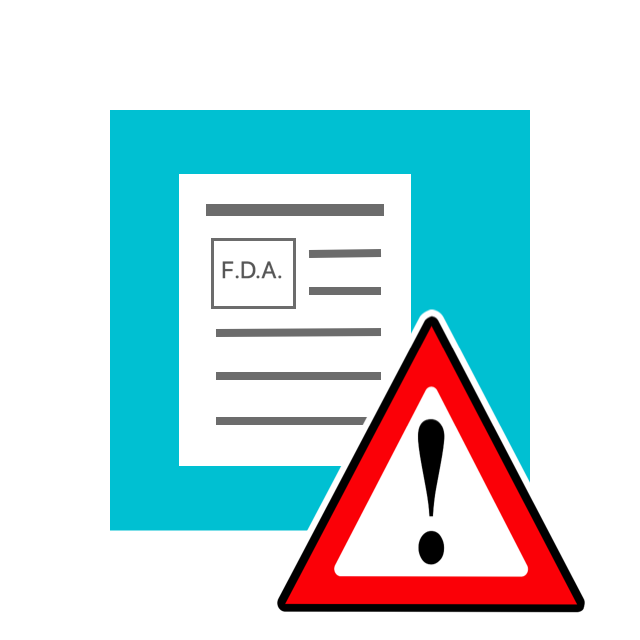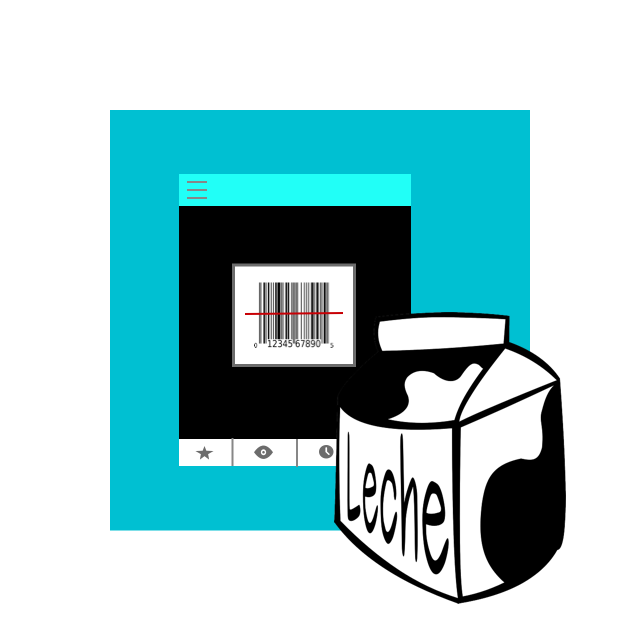
A materials scientist with a yeast allergy set out to make a yeast-free pizza dough that still rises like a classic Neapolitan pie. Now, in a new paper published March 22 in the journal Physics of Fluids,
READ ARTICLE HIDE ARTICLE
By
Nicoletta Lanese
published 22 March 22
Their goal was to make tasty dough without a chemical agent.
A materials scientist with a yeast allergy set out to make a yeast-free pizza dough that still rises like a classic Neapolitan pie.
Now, in a new paper published March 22 in the journal Physics of Fluids, he and his colleagues report that they've succeeded in their quest — although so far, the team has only baked disks of dough that measure about 0.4 inches (10 millimeters) in diameter and lack any sauce, cheese or other toppings.
These tiny, naked pizzas allegedly taste "exactly like the yeast pizza," Ernesto Di Maio, a materials scientist at the University of Naples Federico II (UNINA) and senior author of the study, told NPR. "We tried it, and it was nice and crusty and soft," he told Science.
But Francisco Migoya, head chef at Modernist Cuisine, told NPR that he'd need to taste the yeast-free dough for himself to see if that assessment is accurate. "Yeast does so many things to dough, besides fermentation, like the flavors that you find, the complexity of aromas," Migoya said. Alessio Cappelli, a food technologist at the University of Florence, told Science that he also has doubts about the dough's taste and about whether this unique new leavening method will ever be widely used.
Related: Italian physicists wrote a 'perfect pizza' equation, because not all heroes wear capes
A classic Neapolitan pizza dough contains flour; salt, for seasoning; water; yeast; and sugar, for the yeast to snack on. As the yeast gobbles up the sugar in the mix, the live microbes release carbon dioxide that gets trapped in the sticky dough, causing it to swell up with gas. When the pizza dough gets baked, the yeast dies off in the extreme heat of the oven but these bubbles of gas remain trapped in the crust, giving it a light, airy texture.
"The aim was to try to make the same texture that we love so much in pizza without a chemical agent," Rossana Pasquino, study co-author and UNINA chemical engineer, told Science.
To achieve this, the team made pizza dough using the classic recipe, minus the yeast and sugar. They then placed a small sphere of the dough into a toaster oven-size autoclave, which is a kind of a pressurized oven often used for sterilization to kill bacteria, viruses and fungal spores, according to NPR.
The researchers then pumped gas into the autoclave, to fill the dough with bubbles, and raised the pressure as high as 10 atmospheres before carefully releasing that pressure, at exactly the right moment. "If you are too late — you reduce the pressure after the dough is solid — then it cracks," Di Maio told Science. "If the pressure release is too early … it collapses." Di Maio uses a similar technique in his lab to inject bubbles into polyurethane, a synthetic polymer, NPR reported.
To ensure the temperature of their dough matched that of a typical wood-fired pizza, study co-author Paolo Iaccarino, a UNINA graduate student and part-time pizzaiolo, or pizza maker, measured the internal temperature of baking dough at the pizzeria where he works.
Following their initial success with teeny-tiny pies, the team has now procured a larger autoclave, capable of making normal-size pizzas, Science reported. Their dough-making method isn't really accessible to autoclave-less home bakers, but in theory, it would save people time waiting for their dough to rise, Pasquino told NPR. Plus, it could someday be used to make tasty pizza for those with yeast allergies, Iaccarino said.
If you're interested in making yeast-free pizza dough but don't own an autoclave, fear not! You can also make yeast-free dough using other raising agents, namely, baking powder and baking soda. In a dough mix, these ingredients also generate bubbles of carbon dioxide, as yeast would, but they won't achieve the exact same texture or taste as a yeasted dough. An acid, such as buttermilk or lemon juice, is often added to such recipes in addition to the rising agent, NPR reported.
Read more about the yeast-free pizza dough at NPR and Science.
Originally published on Live Science.
Nicoletta Lanese is a staff writer for Live Science covering health and medicine, along with an assortment of biology, animal, environment and climate stories. She holds degrees in neuroscience and dance from the University of Florida and a graduate certificate in science communication from the University of California, Santa Cruz. Her work has appeared in The Scientist Magazine, Science News, The San Jose Mercury News and Mongabay, among other outlets.
Learn More from Live Science





